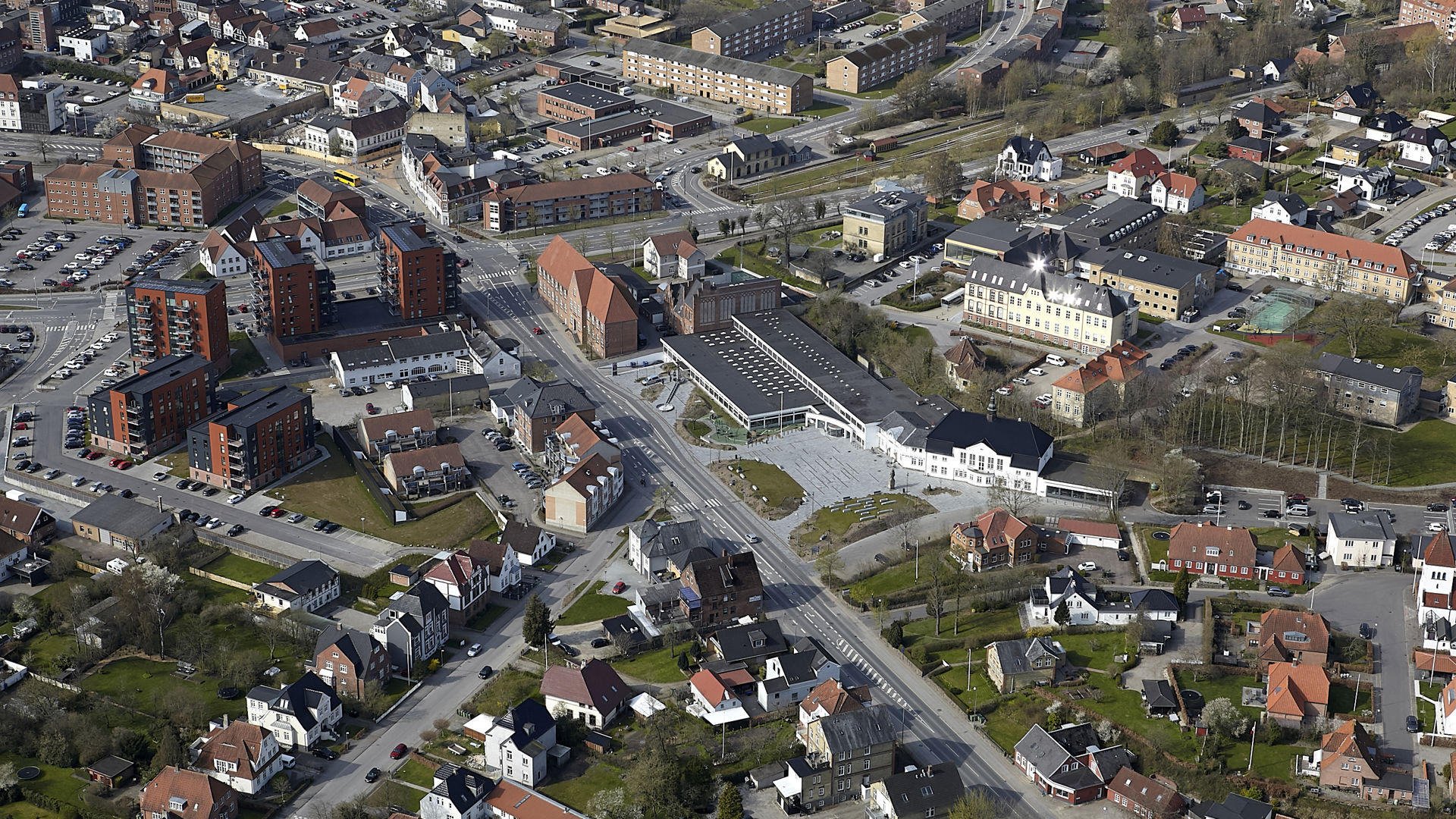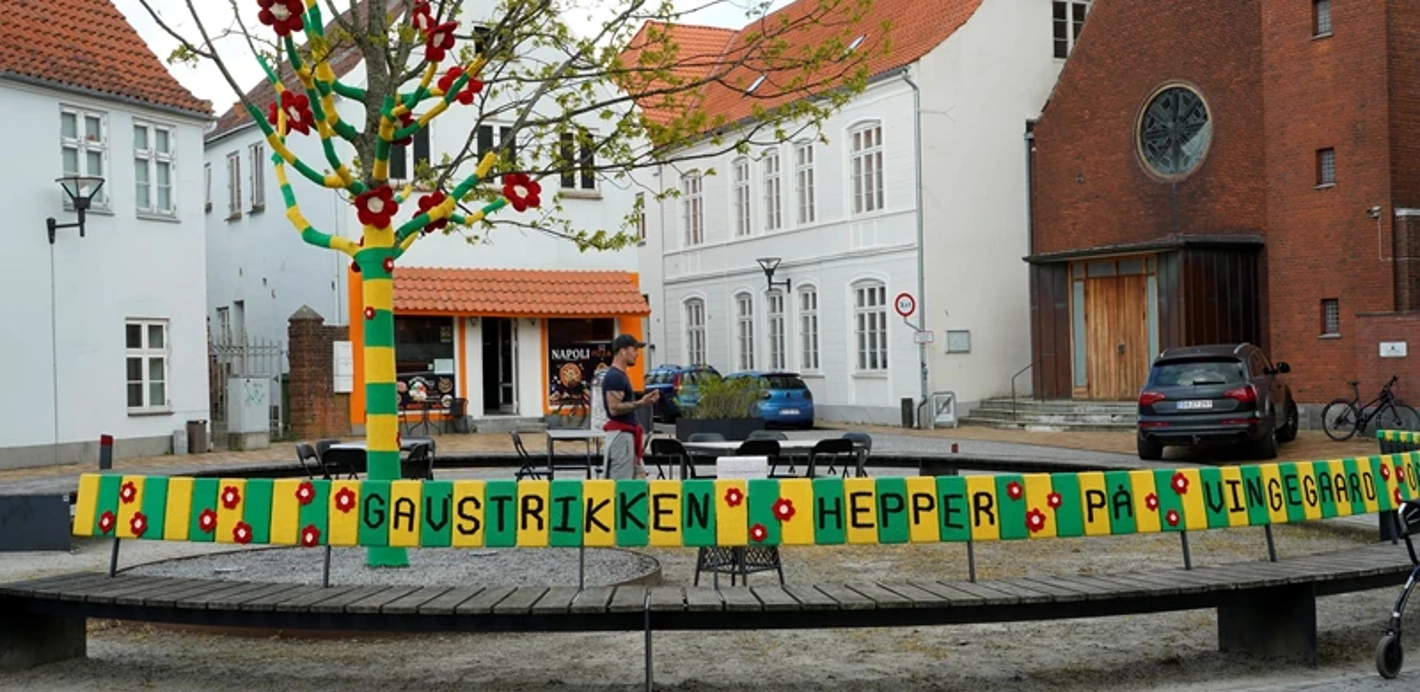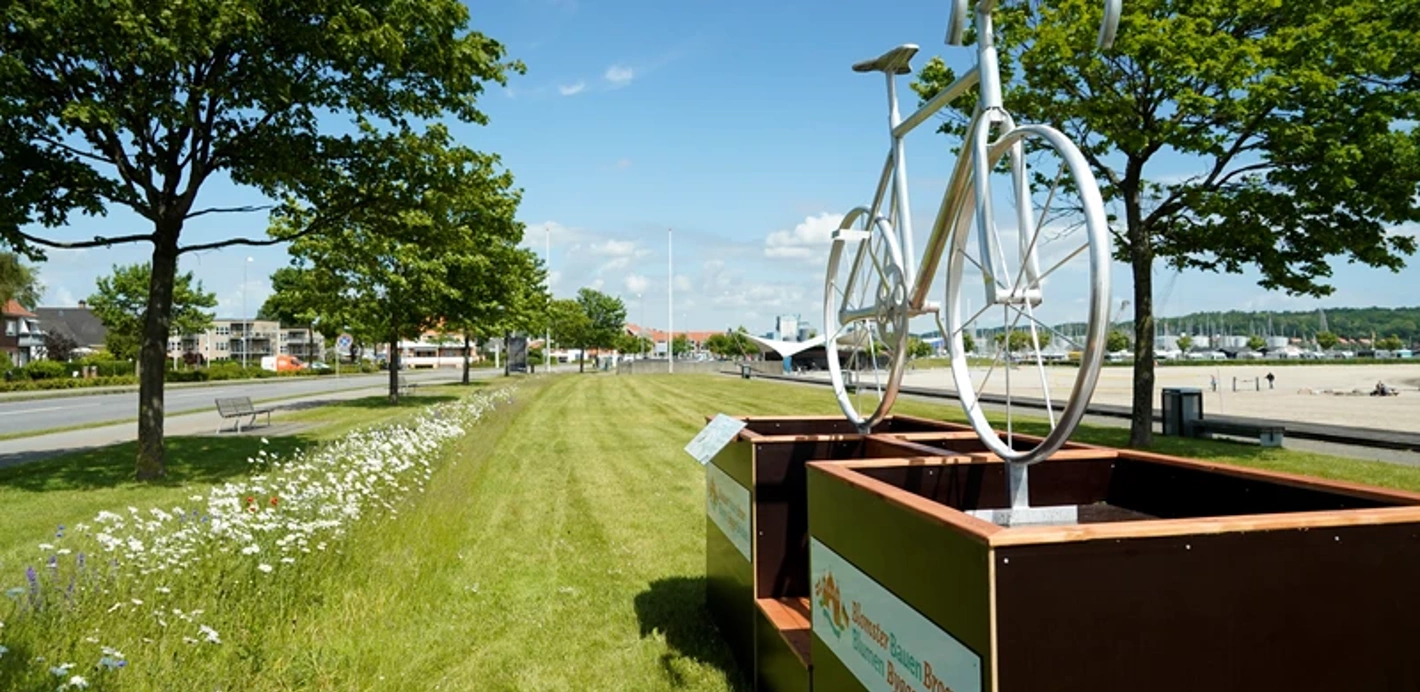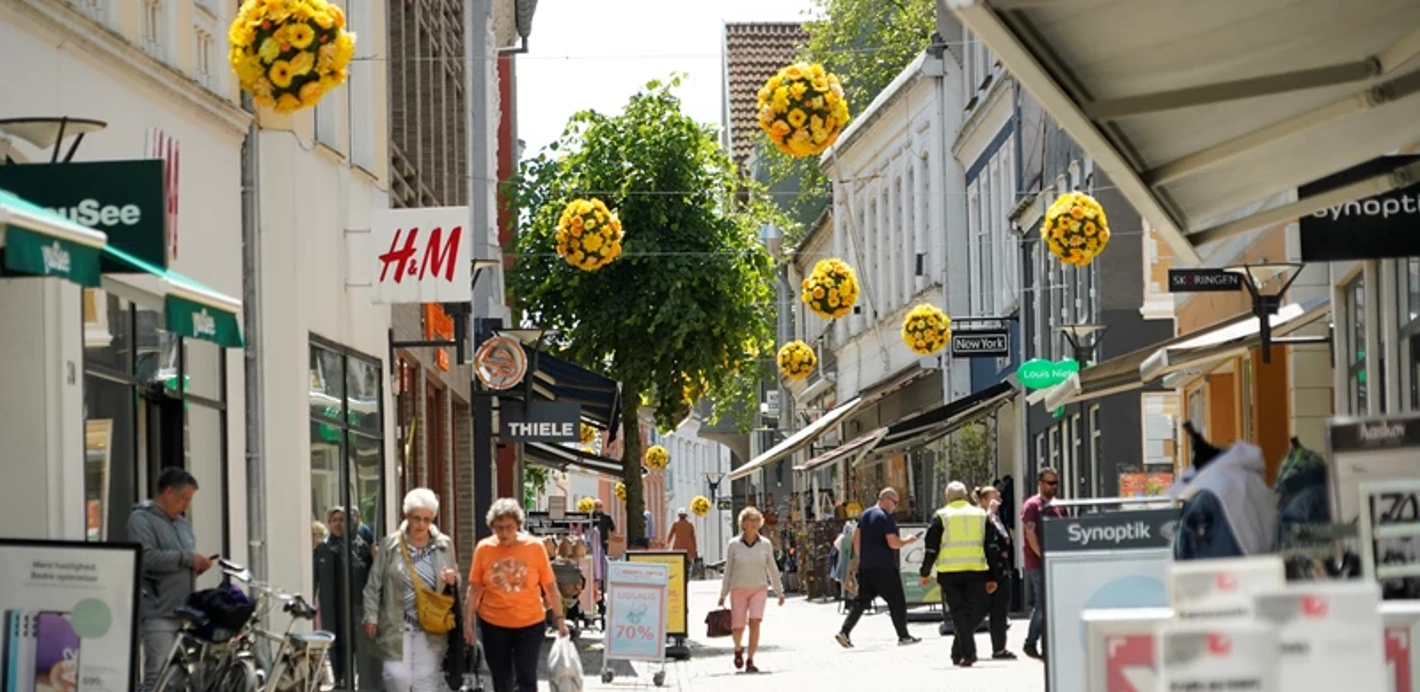Town of Aabenraa
Read more about the Town of Aabenraa here.

Aabenraa, situated by Aabenraa Fjord, which is 10 kilometres long and three-four kilometres wide, was granted a municipal charter in the 1200s, but remained a relatively small town centred around the old town centre comprising Søndergade and Søndertorv, Skibbrogade, Gildegade, Vestergade and Store Torv and the eastern-most part of Slotsgade.
Aabenraa was relatively small and poor up until it heyday in the late 1600s, when the shipping and shipbuilding industries began to pick up speed and facilitated the growth of the town.
In the mid-1800s, Aabenraa had developed into a significant shipping town, and the late 1800s saw the introduction of industrial production in the form of iron foundries and machine factories.
After the Reunification in 1920, the town grew considerably, as the port was expanded and the town’s Danish educational institutions were supplemented with schools and an upper secondary school for the German minority. The town’s central location in Southern Jutland has facilitated the localisation of regional institutions such as the hospital, the cultural centre Sønderjyllandshallen, the former South Jutland County authorities and the radio station DR P4 Syd as well as institutions catering to the German minority.
Meaning of the name of the town: The first mention of the name was in 1257 in the form Obenroe. Later sources refer to the town as Øpneræ (1259), Opneraa (1355) and Apenra (1436). The name is a compound of the village name of Opnør (1231) and the noun å (stream), meaning “the stream by Opnør”. The stream that is referred to here is most likely the one known today as Mølleå.
The village name of Opnør is made up of the old Danish adjective opæn (open) and the noun ør (gravelly beach), meaning “the open, gravelly beach”. The village that was replaced by the market town is mentioned for the last time in the 1300s (in 1335 as Gamel Opner and in 1352 as Silva Opner).




